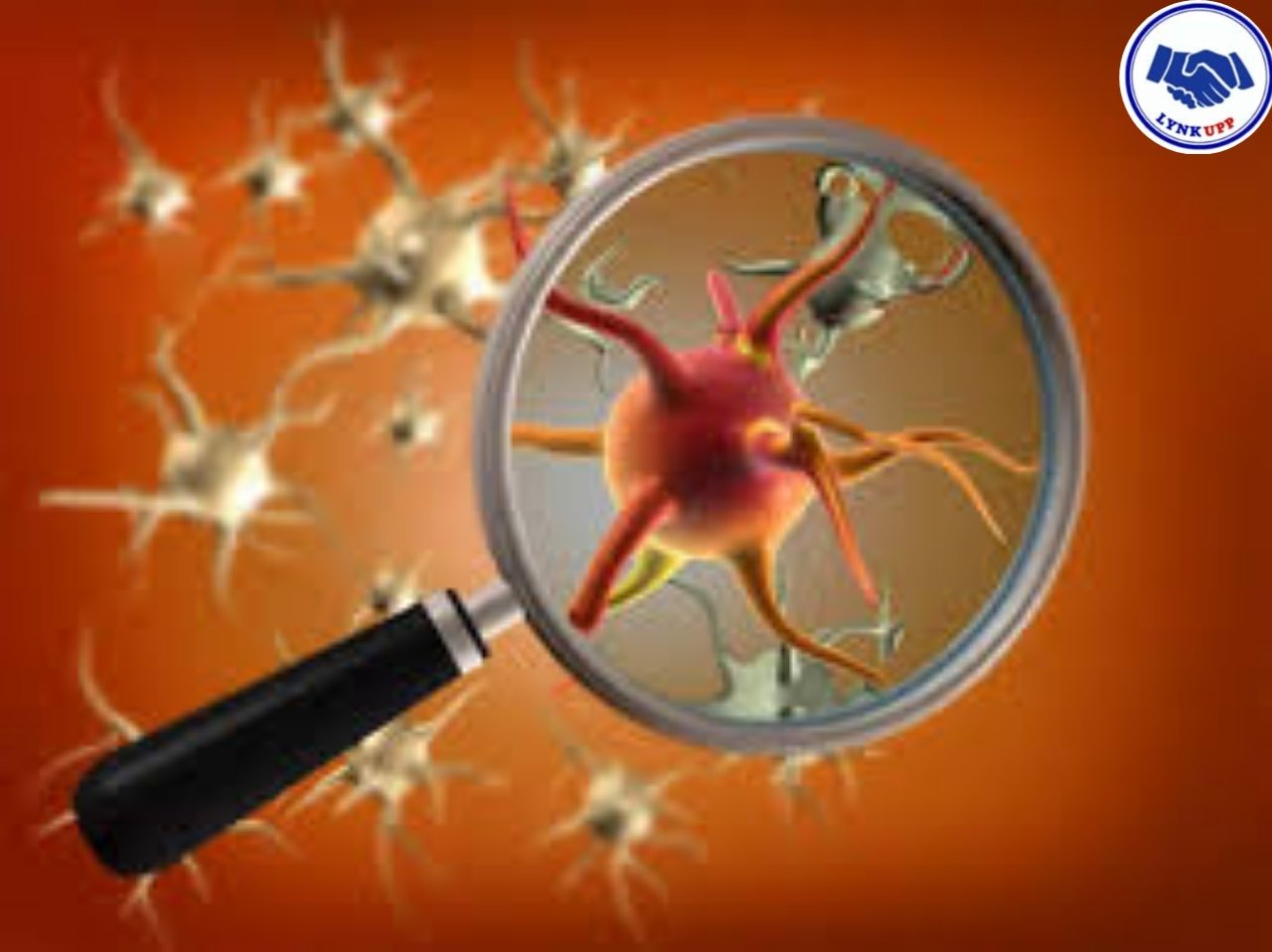Antimicrobial Resistance (AMR) occurs when microorganisms (such as bacteria, viruses, fungi, and parasites) evolve to resist the effects of medications that once effectively treated them. This can result in infections that are more difficult to treat, leading to prolonged illness, increased healthcare costs, and a higher risk of mortality.
Types of Antimicrobial Resistance
-
Bacterial Resistance:
- Methicillin-resistant Staphylococcus aureus (MRSA): Resistant to many antibiotics, including methicillin.
- Vancomycin-resistant Enterococcus (VRE): Resistant to vancomycin, an important antibiotic for treating serious infections.
- Multidrug-resistant tuberculosis (MDR-TB): Resistant to at least isoniazid and rifampicin, the two most potent TB drugs.
- Extended-spectrum beta-lactamase (ESBL)-producing bacteria: Bacteria that produce enzymes making them resistant to penicillins and cephalosporins.
-
Viral Resistance:
- Resistance can occur with antiviral medications used to treat infections like HIV and hepatitis. For instance, certain strains of HIV can become resistant to drugs like reverse transcriptase inhibitors.
-
Fungal Resistance:
- Candida auris: An emerging fungal pathogen that can be resistant to multiple antifungal medications.
-
Parasitic Resistance:
- Resistance can develop in parasites such as those causing malaria, particularly to treatments like artemisinin.
Symptoms of AMR Infections
The symptoms of infections caused by resistant microorganisms often mirror those of non-resistant infections but may be more severe and prolonged. Common symptoms can include:
- Fever
- Chills
- Increased heart rate
- Fatigue
- Pain or discomfort in the affected area
- Symptoms related to specific infections (e.g., cough for pneumonia, dysuria for urinary tract infections)
Prevention of AMR
Preventing AMR involves a multifaceted approach:
-
Responsible Use of Antimicrobials:
- Only use antibiotics when prescribed by a qualified healthcare provider.
- Complete the full course of prescribed antibiotics, even if you feel better.
- Avoid using leftover antibiotics or sharing them with others.
-
Infection Prevention:
- Practice good hygiene, including regular hand washing.
- Ensure proper vaccination to prevent infections.
- Use protective equipment when necessary in healthcare settings.
-
Surveillance and Stewardship:
- Healthcare facilities should implement antimicrobial stewardship programs to monitor and optimize the use of antimicrobials.
- Track and analyze data on antibiotic use and resistance patterns.
-
Public Awareness:
- Educate the public about the risks of AMR and the importance of using antibiotics responsibly.
Life Span of AMR Infections
The “life span” of an AMR infection can vary widely depending on several factors, including:
- Type of Infection: Different infections caused by resistant microorganisms can have different durations. For example, a resistant urinary tract infection may resolve with appropriate treatment in a few days to weeks, while an MDR-TB infection can require prolonged treatment lasting months.
- Host Factors: The immune status of the individual, presence of comorbidities, and overall health can affect recovery time.
- Treatment Options: If an infection is resistant to first-line treatments, it may require more complex and prolonged treatment strategies, impacting the overall duration of the infection.
In summary, AMR is a significant global health concern that necessitates proactive measures in prevention and treatment. Awareness, education, and responsible medication use are essential in combating this growing threat.
